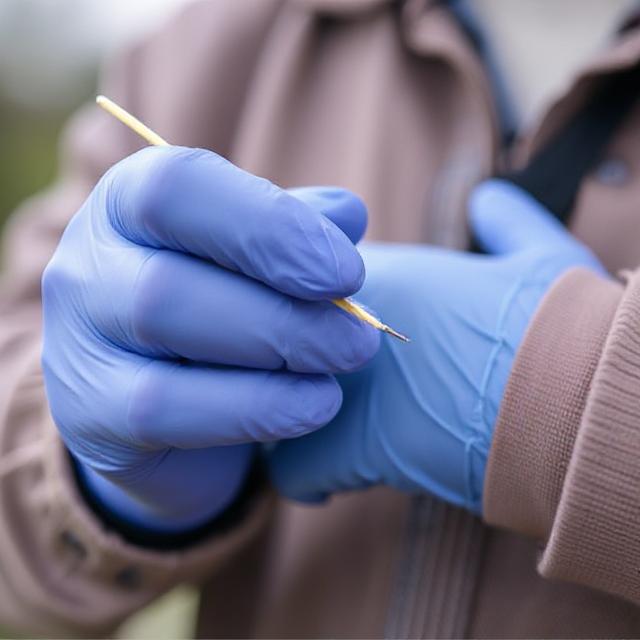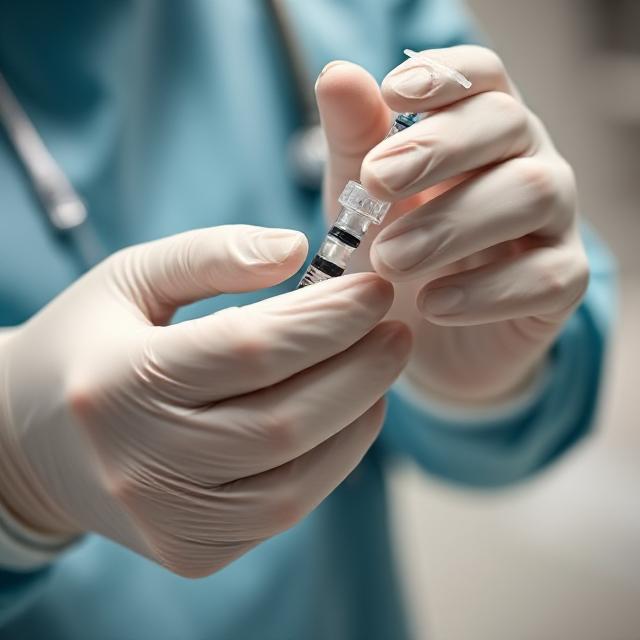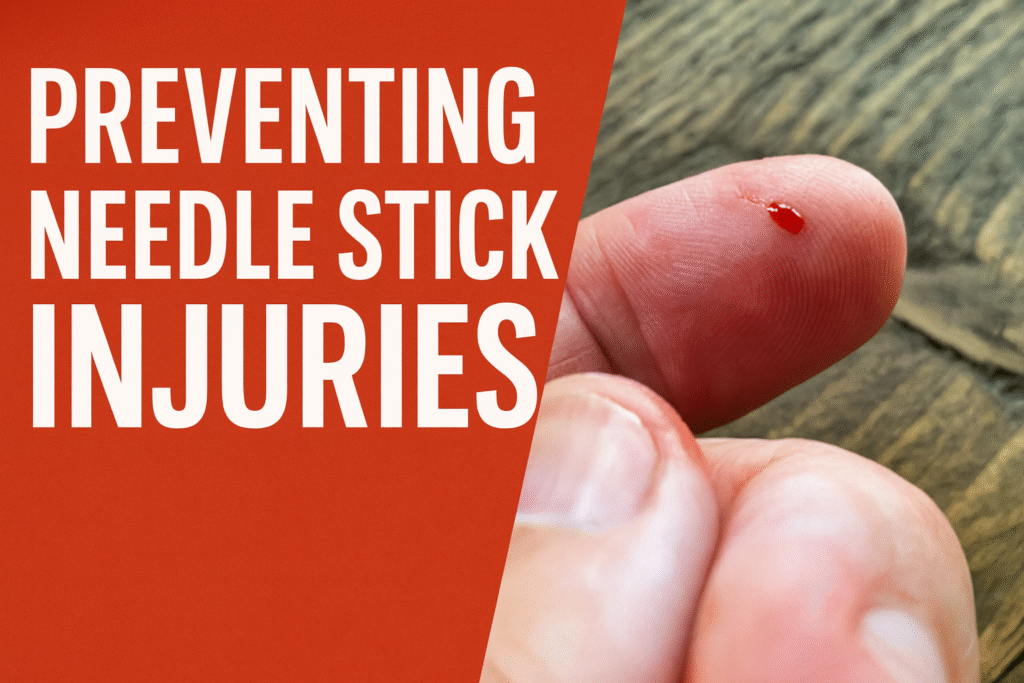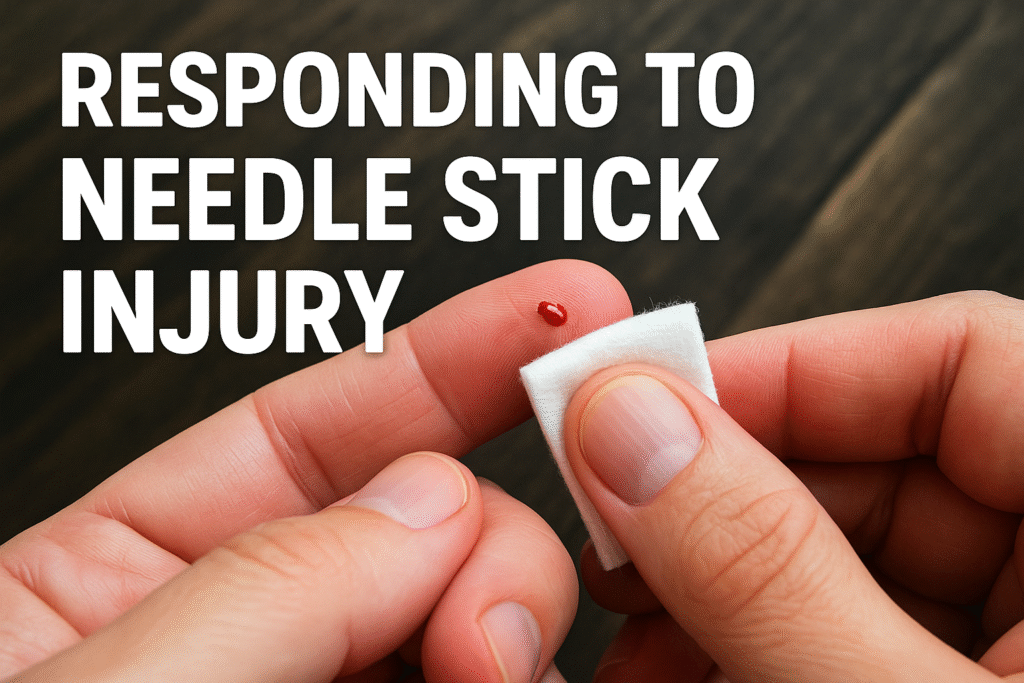Preventing needle stick injuries is one of the most pressing occupational health and safety concerns in modern healthcare. Each year, thousands of healthcare workers—nurses, doctors, laboratory technicians, and support staff—suffer accidental punctures from needles and sharps. T
hese incidents are not just minor injuries; they carry the risk of exposure to bloodborne pathogens such as HIV, Hepatitis B (HBV), and Hepatitis C (HCV).

By implementing effective safety practices, healthcare organizations can dramatically reduce these incidents and safeguard their workforce.
This article explores practical strategies, regulatory guidance, and best practices to help in preventing needle stick injuries in healthcare environments.
- Why Needle Stick Injuries Are a Serious Hazard
- Key Regulations and Guidelines
- Engineering Controls: Safety by Design
- Administrative Controls and Policies
- Training and Awareness
- Safe Work Practices: Reducing Human Error
- Responding to a Needle Stick Injury
- Emerging Innovations in Needle Stick Prevention
- Practical Example: Best Practices in Action
- External and Internal Resources
- Conclusion
Why Needle Stick Injuries Are a Serious Hazard
Needle stick injuries often occur in fast-paced environments where staff work under pressure. Common causes include improper disposal of sharps, lack of safety devices, rushing during procedures, or recapping needles.

According to the World Health Organization (WHO), over 3 million healthcare workers worldwide are exposed annually to bloodborne pathogens due to needle stick injuries.
The consequences can range from emotional stress to life-altering illnesses.
Key Regulations and Guidelines
Healthcare institutions must comply with recognized occupational safety regulations and standards, including:
- OSHA’s Bloodborne Pathogens Standard (29 CFR 1910.1030) – Requires employers to implement exposure control plans and use safer medical devices.
- Centers for Disease Control and Prevention (CDC) Guidelines – Recommends engineering controls and safe disposal practices.
- CSA Standards in Canada – Establish requirements for sharps injury prevention and worker protection.
These standards form the backbone of preventing needle stick injuries and help organizations stay compliant while ensuring worker safety.
Engineering Controls: Safety by Design
One of the most effective approaches to preventing needle stick injuries is the use of engineering controls—devices designed to remove or minimize risk. Examples include:
- Safety-engineered needles and syringes – Equipped with retractable or shielded needles.
- Needleless IV systems – Reduce the need for sharp instruments.
- Sharps disposal containers – Puncture-resistant containers placed at the point of care to encourage immediate disposal.
Healthcare employers should prioritize the procurement of such devices and ensure staff are trained in their proper use.
Administrative Controls and Policies
Beyond technology, strong organizational policies are critical. Best practices include:

- Exposure Control Plans – Documented procedures outlining roles, responsibilities, and prevention strategies.
- Mandatory Reporting Systems – Encouraging staff to report every needle stick incident without fear of reprisal.
- Regular Safety Audits – Identifying gaps in sharps handling and disposal.
- Vaccination Programs – Ensuring healthcare staff receive the Hepatitis B vaccine series as a protective measure.
These policies create a culture where preventing needle stick injuries becomes part of everyday practice.
Training and Awareness
Training is the foundation of effective prevention. Healthcare workers must be educated on:
- Correct handling and disposal of needles.
- The risks associated with recapping needles (which should be avoided).
- Use of safety devices and engineering controls.
- Immediate steps to take after an exposure, including first aid and reporting.
Refresher training should be mandatory to ensure protocols remain top of mind, particularly for new staff, temporary workers, and students.
Safe Work Practices: Reducing Human Error
Practical habits play a huge role in preventing needle stick injuries. Recommended practices include:
- Dispose immediately – Place needles in sharps containers right after use.
- Avoid overfilling sharps containers – Replace them once they reach the fill line.
- No hand-passing technique – Use trays or designated zones when transferring sharps between staff.
- Personal Protective Equipment (PPE) – Gloves, gowns, and face shields reduce risk during procedures.
By embedding these practices, organizations reduce the chance of injury even in high-pressure clinical settings.
Responding to a Needle Stick Injury
Even with prevention measures, incidents can still occur. A proper response is crucial:
- Immediate First Aid – Wash the area with soap and water; avoid squeezing the wound.
- Report the Incident – Notify supervisors and occupational health immediately.
- Post-Exposure Evaluation – Conduct risk assessment and testing for potential infections.
- Follow-Up Care – Provide prophylaxis (such as antiretroviral therapy) if necessary.
An established post-exposure protocol reassures staff that their health is prioritized.
Emerging Innovations in Needle Stick Prevention
The healthcare industry continues to evolve with advanced solutions, including:
- Smart sharps containers that track usage and alert when nearing capacity.
- Self-blunting needles that automatically disable after use.
- AI-assisted safety monitoring systems to identify risky practices in real-time.
Adopting these technologies will further strengthen efforts in preventing needle stick injuries.
Practical Example: Best Practices in Action
At a large Canadian hospital, switching from conventional syringes to retractable safety syringes reduced needle stick injuries by 65% within the first year.
Combined with a strong training program and active reporting culture, the hospital has nearly eliminated repeat incidents.
This demonstrates that a mix of engineering, administrative, and training measures leads to measurable improvements in safety.
External and Internal Resources
- CDC Bloodborne Pathogens Guidelines (external)
- OSHA Bloodborne Pathogens Standard (external)
- OHSE.ca: Infection Control Protocols in Healthcare (internal)
Conclusion
Preventing needle stick injuries is not optional—it is a moral, legal, and professional responsibility in healthcare. Through engineering controls, strict policies, comprehensive training, and safe work practices, healthcare organizations can drastically reduce risks and protect their most valuable asset: their workers.

By fostering a culture of safety and accountability, healthcare facilities not only comply with regulations but also create an environment where staff can focus on patient care without fear of life-threatening exposures.
Preventing needle stick injuries must remain a cornerstone of every healthcare safety program.

No comments yet